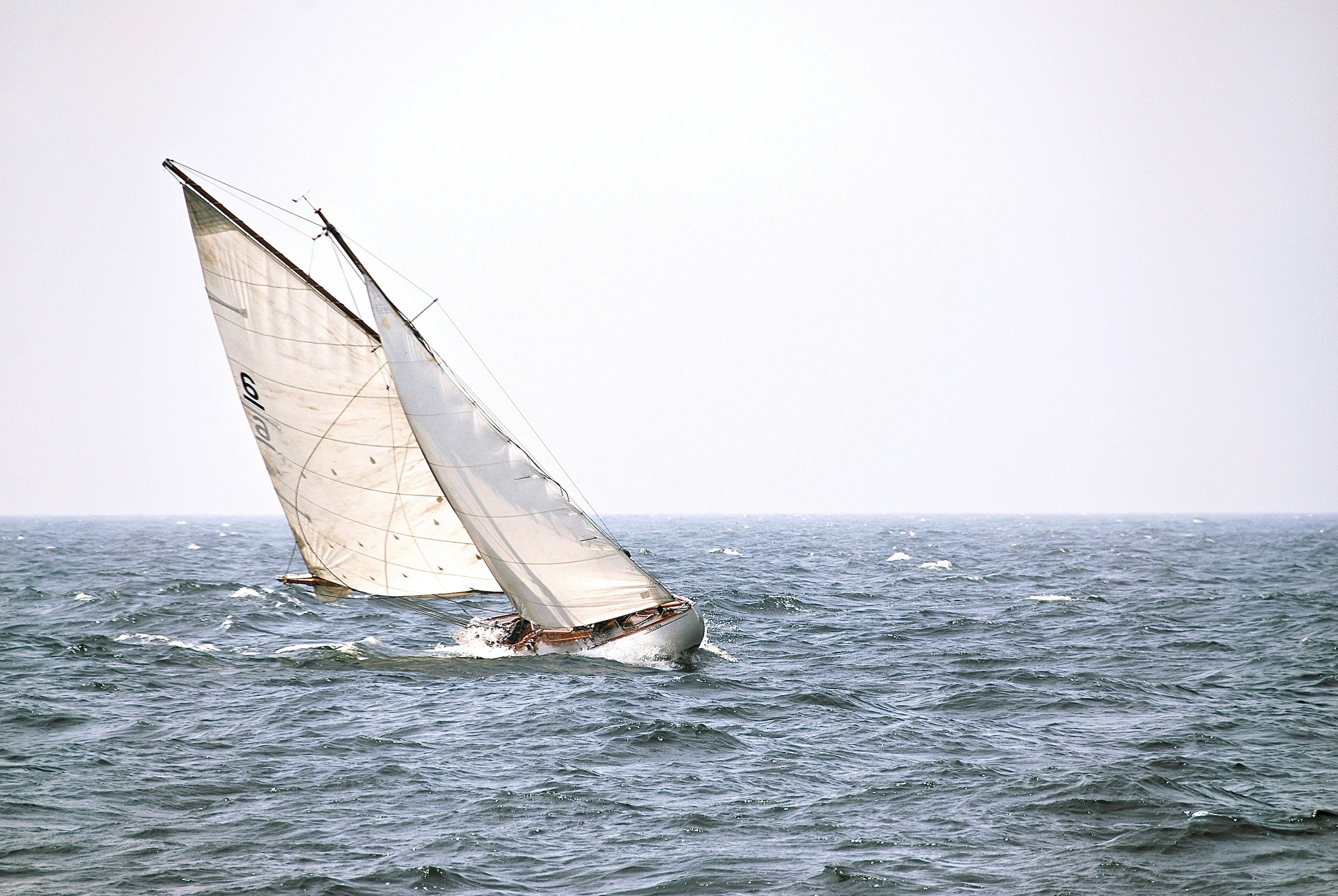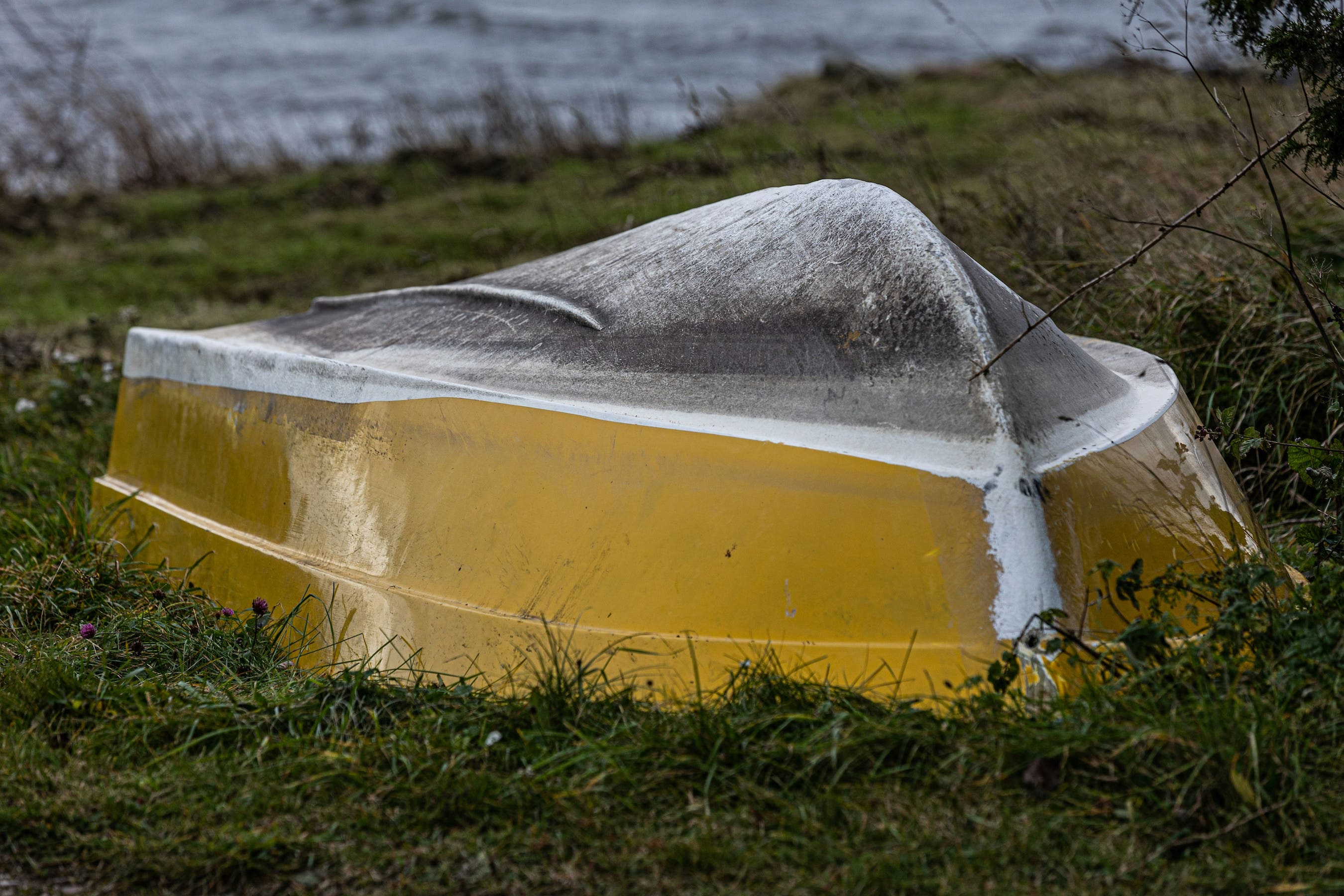Discover how to organize a tour of Brittany by motorboat, from the itinerary to the practical advice for a successful cruise along one of the most beautiful coastlines in France.
Brittany offers boaters an exceptional playground with its 2,700 kilometers of rugged coastline, its mysterious archipelagos and its charming ports. Sailing around this peninsula allows you to discover a striking diversity of landscapes: from the peaceful Gulf of Morbihan to the dramatic cliffs of the Emerald Coast, through the turquoise waters of the Glénans and the wild abers of Finistère. This maritime adventure combines the pleasure of sailing with the richness of Breton heritage, from ancestral maritime traditions to local gastronomic specialties. A complete tour of Brittany in a motorboat is much more than a simple cruise: it is a total immersion in the Breton soul, where each stopover reveals hidden treasures and where the sea becomes the common thread of an authentic and memorable trip.
Recommended itinerary for a tour of Brittany by motorboat
1. Departure: The Gulf of Morbihan
The Gulf of Morbihan is an ideal starting point for your tour of Brittany. This Breton “small sea”, punctuated by forty islands and islets, offers particularly mild sailing conditions to start your adventure. Possible ports of departure include Vannes, a real gateway to the Gulf with its modern marina, Arzon on the Rhuys peninsula which allows direct access to the sea, or La Trinité-sur-Mer, renowned for its nautical atmosphere and its prestigious regattas.
This area has the advantage of peaceful navigation in protected waters, ideal for the final adjustments of your equipment and the adaptation of the crew. The landscapes are remarkably preserved thanks to the status of a regional natural park, offering a smooth transition between land and the Atlantic Ocean that awaits you.
2. South coast: from Quiberon to Concarneau
The first oceanic stage leads you to the jewels of the southern Breton coast. Belle-Île-en-Mer, the largest of the Breton islands, deserves an extended stay with its spectacular cliffs of the wild coast and its picturesque ports such as Le Palais or Sauzon. The island of Groix, nicknamed the tuna island, will seduce you with its preserved authenticity and its fine sandy beaches.
Lorient, a city of art and history, offers a modern marina and is an important logistical step. Port Louis, with its Vauban Citadel, adds a historical dimension to your journey. This section allows you to alternate wild anchorages in protected coves and enriching urban stopovers. There is no shortage of activities: visits to maritime museums, tasting local specialties such as buckwheat pancakes, and discovering colorful markets where seafood and Breton land products are mixed.
3. Heading West: from Concarneau to Brest
This stage takes you to the wild west of Brittany, a territory of great marine spaces. The Glénan archipelago, nicknamed the “Breton Caribbean” for its crystalline waters, is an exceptional anchoring that should not be missed. These uninhabited islands offer white sandy beaches and exceptional marine wildlife, perfect for a swim and snorkel break.
Douarnenez, former first sardine port in France, immerses you in Breton maritime history with its museum port and traditional trawlers. The Crozon peninsula reveals magnificent landscapes with its rocky capes and deserted beaches. Special attention to meteorology and currents in this area: the Pointe du Raz and the Iroise Sea are famous for their sometimes difficult conditions. Weather monitoring systems such as Oria Marine IoT boxes are becoming particularly useful for anticipating changes in conditions and ensuring the safety of your navigation.
4. North Coast: from Brest to Saint-Malo
The north coast of Brittany offers a different face with its more rugged landscapes and its more technical navigation. Brest, a major maritime city, marks the turning point towards this new facet of Brittany. The Aber Wrac'h, a magnificent deep-water estuary, is a natural haven of peace bordered by dunes and maritime pines.
Ploumanac'h and its pink granite coast present a geological spectacle unique in the world, with its rocks sculpted by the elements. Tréguier, an episcopal city, and Perros-Guirec, a renowned seaside resort, punctuate this Nordic navigation pleasantly. This section requires particular attention to the high tides and the numerous rocky areas that are characteristic of the northern Breton coast. Careful planning of sailing schedules is becoming crucial to avoid rocky discoveries.
5. Return via Mont-Saint-Michel Bay
The final approach of your Breton tour leads you to the majestic Bay of Mont-Saint-Michel. If weather conditions permit, a detour to Granville will enrich your discovery of this Normandy coast. This last stage requires particular vigilance due to the high tidal coefficients and the moving sandbanks characteristic of the bay.
Depending on your logistical organization, several options are available for the end of the trip: return in trailer from one of the ports in the bay, or return by land if you plan to leave your boat there. This flexibility in the final organization makes it possible to adapt to the weather conditions and the personal constraints of each crew.
Tips for properly preparing your tour of Brittany in a motorboat
Choosing the right period
The optimal period for a tour of Brittany is from May to September, when the weather conditions are the mildest. May and June offer the advantage of long days with fewer crowds in ports, while July and August guarantee pleasant temperatures but require early reservations. September often presents exceptional conditions with still warm seas and moderate winds.
Particular attention must be paid to weather conditions and to the Atlantic swell, which is particularly capricious in Brittany. The daily consultation of marine weather reports is becoming essential, as well as the understanding of local phenomena such as site effects around capes or wind accelerations in bottlenecks.
Preparing your boat
Technical checks are of crucial importance for a journey of this magnitude. The engine must be completely overhauled before departure, including checking the filters, belts, and cooling system. Regulatory safety equipment includes a sufficient number of life jackets, VHF with ASN, distress flares, and up-to-date nautical charts of the navigation area.
The specific equipment to be provided includes an anchoring adapted to the often rocky Breton seabed, a sufficient fuel reserve for long stages, and an annex for fairground anchorages. Monitoring systems such as the Oria Marine boxes make it possible to remotely monitor the vital parameters of the boat during extended stopovers.
Know the local regulations
Breton navigation is subject to specific regulations that must be mastered. Speed limits apply in certain sensitive areas such as ports, marine natural parks and bathing areas. Respecting authorized anchorages and marine protected areas is a major environmental challenge.
The Natura 2000 marine areas, numerous along the Breton coast, impose particular restrictions on anchorages and landings. Knowledge of these regulations avoids fines and contributes to the preservation of the region's exceptional marine ecosystems.
Anticipate stopovers
The planning of port stops requires careful organization, especially during the high tourist season. Advance reservations in popular marinas such as Concarneau, Douarnenez or Saint-Malo become essential between June and September. The prior identification of ports offering fuel services and nautical assistance makes it possible to optimize the logistics of the trip.
Precise mapping of emergency ports and temporary shelters is invaluable in the event of deteriorating weather conditions. Knowing the tide times for accessing shallow-draft ports prevents unintended strandings.
Manage refueling and fuel
Fuel management is a critical aspect of preparation. Precise mapping of marine service stations along the route makes it possible to optimize refuelling and avoid breakages. The refueling points are not evenly distributed, with some sections such as the north coast having significant distances between stations.
The principle of safety requires that you always maintain a fuel margin allowing you to reach an emergency port in the event of degraded conditions. This safety reserve must take into account the increased consumption by rough seas and headwinds, conditions that are frequent in the Atlantic.
Tips to get the most out of the experience
Plan short steps
The art of coastal cruising lies in the balance between navigation and discovery. Stages of 2 to 4 hours of navigation per day allow you to take full advantage of stopovers without suffering the fatigue of intensive navigation. This measured approach allows time for exploring ports of call, discovering local specialties, and meeting local people.
The short stages also offer more flexibility in the face of Breton weather vagaries. The possibility of extending a stopover in the event of unfavorable conditions turns a constraint into an opportunity for in-depth discovery.
Blending navigation and discovery
The alternation between moments of pure sailing and terrestrial discoveries considerably enriches the experience. Each port of call conceals its treasures: architectural heritage such as the ramparts of Saint-Malo, gastronomic treasures with oysters from Cancale or kouign-amann from Douarnenez, colorful local markets where seafood and Breton specialties are mixed.
This cultural approach to navigation makes it possible to understand the Breton soul beyond the seascapes. Maritime museums, traditional canneries, and local festivals punctuate the trip with authentic cultural enrichments.
Anticipate waiting times or bad weather
Breton meteorology, known to be changeable, requires the integration of “buffer” days into planning. These days off allow you to adapt to weather conditions without compromising the entire program. A storm lasting 24 to 48 hours then becomes an opportunity for in-depth discovery of a port of call rather than a penalizing constraint.
This flexibility in planning considerably reduces the stress associated with timetables and allows for safe navigation, always giving priority to good sea conditions to calendar constraints.
FAQ: Tour of Brittany by motorboat
What is the best itinerary for a complete tour of Brittany?It depends on the time available, but a circuit from Vannes to Saint-Malo via the south and then the north coast is very popular. This itinerary allows you to gradually discover the diversity of Breton landscapes while benefiting from generally favorable navigation conditions.
How long should you allow to go around Brittany in a motorboat?On average 2 to 3 weeks for a pleasant pace with stopovers. This duration allows you to take full advantage of each region without haste, by integrating the necessary rest days and enriching land discoveries.
Do you need a license to sail in Brittany?Yes, a coastal license is required for motor boats over 6 horsepower. This permit validates the regulatory and technical knowledge essential for safe navigation in Breton coastal waters.
What are the dangers to be aware of when sailing in Brittany?Strong currents, high tides and rocky areas require good preparation. Careful reading of nautical charts, mastering tide calculations and knowing local meteorological phenomena are the foundations of Breton nautical safety.
Can we do the tour in a semi-rigid?Yes, but you must ensure the autonomy of the boat and the weather before each stage. RIB boats offer the advantage of maneuverability and easy grounding, but their limited autonomy requires careful planning of refueling.
Conclusion
A motorboat tour of Brittany is an unforgettable maritime adventure that reveals all the richness of this emblematic region. Well prepared with careful planning of the stages, a thorough knowledge of local conditions and adapted equipment, this itinerary will allow you to discover a preserved wild coast, charming ports steeped in history and an authentic maritime culture, in complete safety. This unique experience combining sporting sailing and cultural discoveries leaves lasting memories and a profound understanding of the Breton soul, shaped by centuries of maritime traditions.









